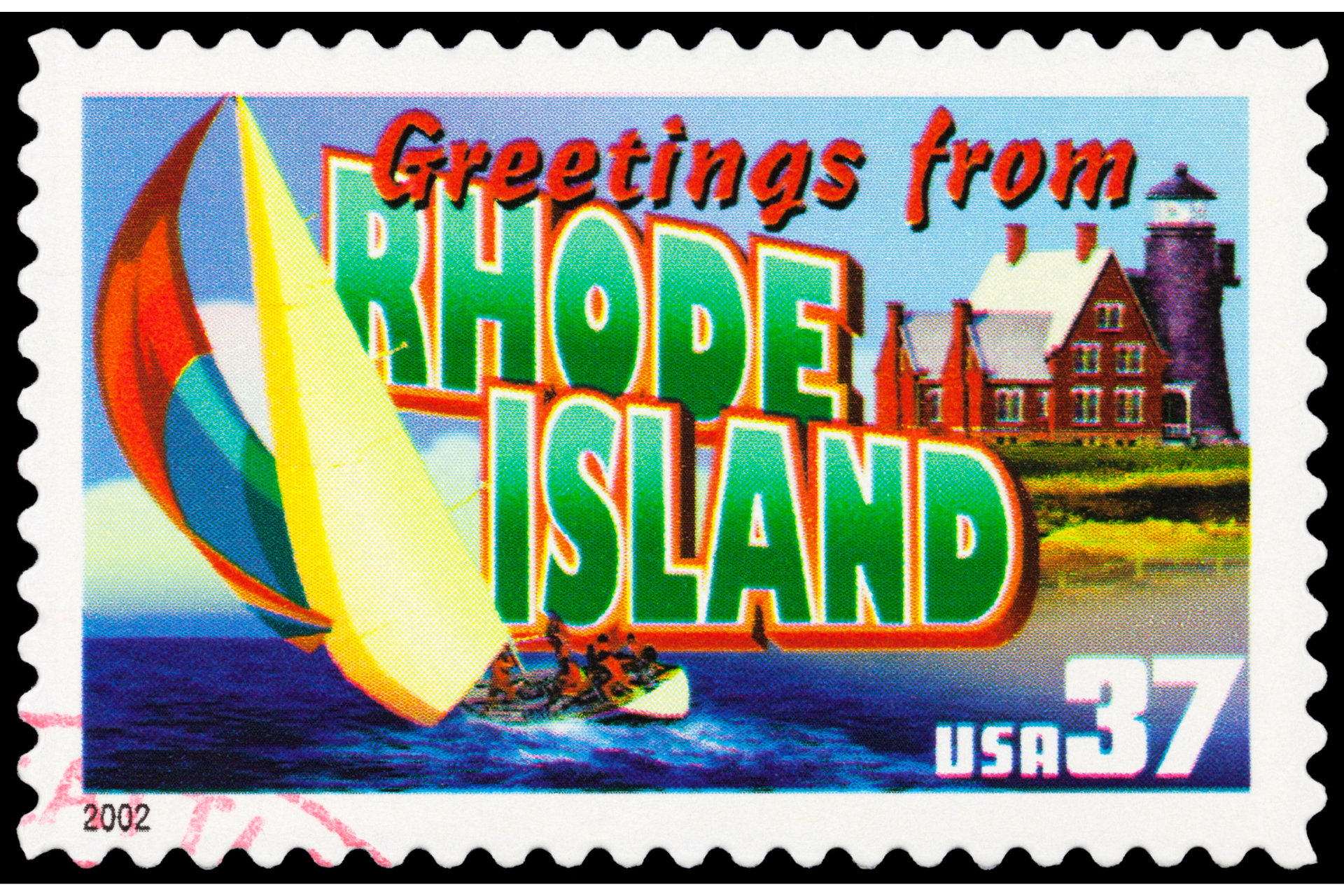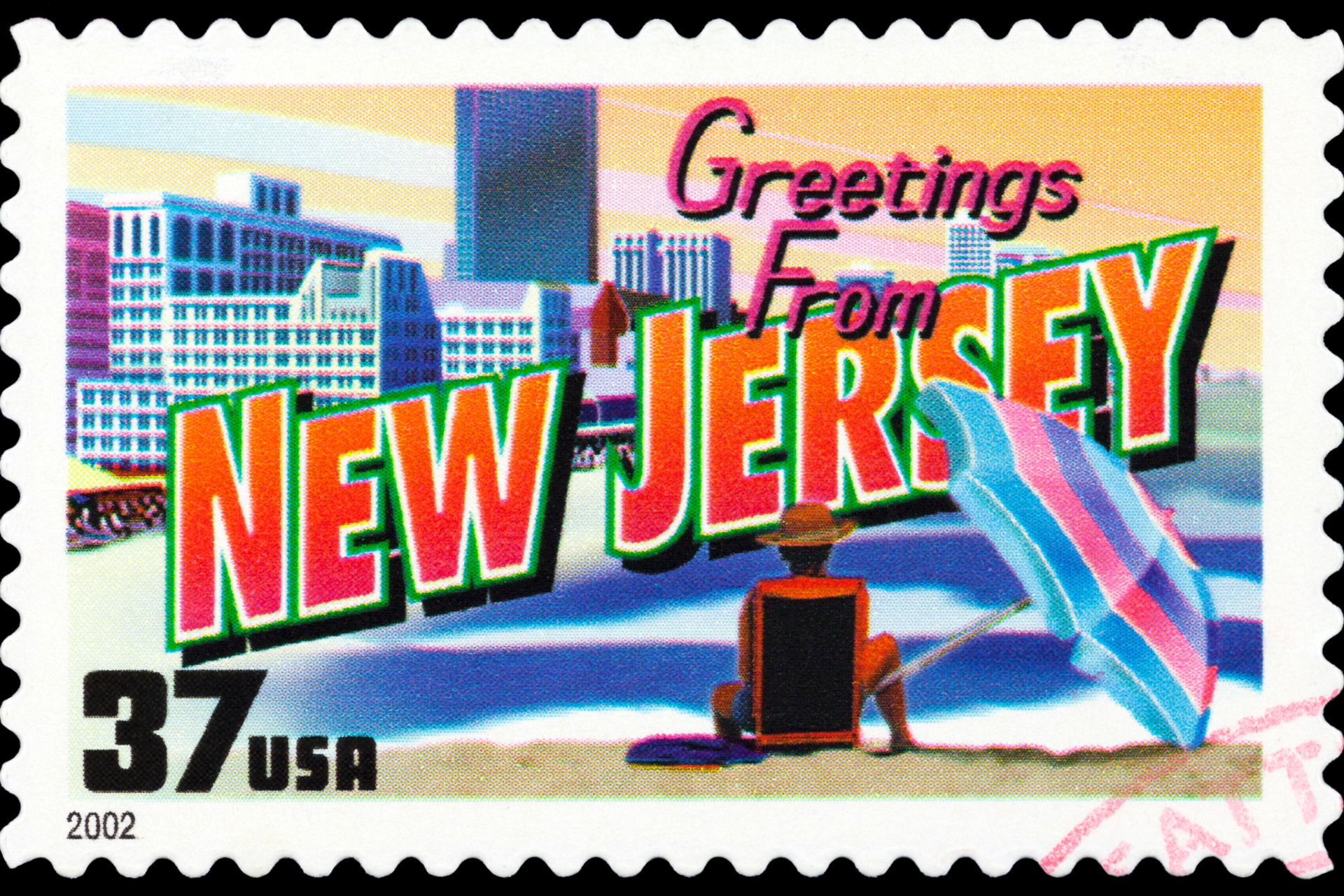The Puerto Rico Status Act, currently being considered in Congress, gives Puerto Rico voters a choice among three options: statehood, independence and sovereign free association.
There are 50 states and nearly 200 independent nations to look at for examples of how statehood and independence would work in Puerto Rico, but free association is much less understood. The best information we have about what free association with the United States would be like is to look at the three current Freely Associated States (FAS): Palau, the Federated States of Micronesia, and the Marshall Islands.
Puerto Rico’s History is Different
There are significant differences between the situation of Puerto Rico and those of the three nations in free association with the U.S. The FAS never were territories of the United States. Instead, they became FAS by choice when they declared their independence. Here’s what happened:
- The Pacific islands were not technically a U.S. territory; they were instead part of an area administered by the U.S. for the United Nations right after World War II under the premise that the U.S. would guide and support them to become self-governing. While the U.S. administered this area of the Pacific, the U.S. had full military authority, as evidenced most clearly in the 67 nuclear bombs the U.S. dropped on the Marshall Islands, exposing the Marshallese people to the same level of radiation as if at least 1.6 Hiroshima-sized bombs had been dropped every day for the entire twelve year period.
- The ultimate goal for the U.N. Trust Territory of the Pacific Islands was understood to be full independence. Statehood was never seen as a real option for this sparsely populated, distant land.
- In the 1960s, with the Cold War raging, the U.S. decided that it did not want to lose strategic control over an area of the Pacific from Hawaii to Asia as large as the 48 contiguous United States. This U.S. then encouraged the islands to become a U.S. territory, extending U.S. domestic programs and providing large financial subsidies for local governments. Only one of six districts of the territory, the Northern Mariana Islands, agreed to become part of the U.S. These islands remain a U.S. territory; residents have birthright U.S. citizenship.
- The U.S. then devised a free association option in which the islands would be sovereign, but the U.S. would continue to have military rights as if the islands were U.S. territories. Limited domestic programs and financial support would continue, and citizens of the new nation could live in the U.S. without visa requirements. The Marshall Islands, Federated States of Micronesia, and, ultimately, Palau agreed with this arrangement and signed a Compact agreement setting the terms of U.S. assistance, which would expire if not renewed. Military rights continue regardless.
- The Compacts with the FSM and the RMI provided assistance for 15 years and for negotiations on future assistance after 13 years that could last for four years, with assistance continuing for an additional two years. The 2003 amendments provided for 20 more years of assistance, increasingly to capitalize trust funds that were to provide all assistance after this period.
- The Compact with Palau also provided for 15 years of assistance but provided for a trust fund that was to provide all assistance after that for another 35 years.
What does the Puerto Rico Status Act say?
An official summary of The Puerto Rico Status Act says that under the bill’s “sovereignty in free association” option, a new “Bilateral Negotiating Commission” is established to conduct negotiations with the U.S. on an Articles for Free Association which are “effective upon mutual agreement between the Government of the United States and the Government of Puerto Rico.”
The contents of this agreement are largely undefined – voters would essentially chose a process rather than a political status, which is described under a framework consistent with independence – but the bill is explicit that “rights and benefits available to the residents of the territory of Puerto Rico will continue…until they are extinguished” by the U.S., making it clear that such “rights and benefits” would be precarious, lasting only until the next law is passed.
With respect to U.S. citizenship, which is not an option to current residents of the Freely Associated States, the bill is deferential to U.S. law, which Puerto Rico could not impact as a foreign country, noting that “U.S. citizenship after the proclamation of international sovereignty through free association shall be subject to
U.S. immigration laws.” Again, U.S. citizenship would be in the hand of the U.S., not Puerto Rico.
The bill does attempt some temporary carveouts on U.S. citizenship under its Sovereignty Through Free Association option that are more generous than found in its Independence section, but a separate official briefing document to explain the citizenship provisions of the bill is clear that “[t]he duration of the first Articles would be subject to negotiation between the countries and would require approval by Congress and by the people of Puerto Rico.” In other words, the duration of any carveout – whether it be for 20 years or a day – is not set until it’s approved by Congress. And it’s not just the duration of the agreement that Congress will have the last say on before it votes to pass it. Anyone who follows Congress at all knows that every provision in an agreement is up for negotiation until it becomes law. Reading between the lines, Congress is guaranteeing nothing on U.S. citizenship. It can’t.
Could Things Be Different this Time?
Some observers claim that Puerto Rico, being a current territory of the U.S. with U.S. citizenship, is in a different position from the FAS — and a stronger one. The FAS do not have U.S. citizenship, they say, because they never had it.
These observers are not considering the lack of incentive for the United States to provide special support for Puerto Rico. When the Philippines declared independence, then-President Calvin Coolidge warned them not to expect the United States to provide support or security out of sentimental connections. “Responsibility without authority would be unthinkable,” he said. “Where there is no sovereignty there is no obligation of protection.”
The U.S. did not allow citizens of the Philippines to continue as U.S. nationals, did not honor promises the U.S. had made to veterans from the Philippines, and the U.S. did not allow free trade or travel to continue.
The Philippines never requested free association with the United States. If Puerto Rico does so, the details of the Compact of Free Association will have to be negotiated between the two nations: the United States and the new nation of Puerto Rico. The outcome of such negotiations cannot be known before the proposed status referendum takes place. The terms will also be subject to change.
Read the Puerto Rico Status Act Section-by-Section Summary here.
Read the Puerto Rico Status Act Citizenship One-Pager here.
Updated on October 30, 2023



There is no reason to even consider FAS!!!!
It is nor ANY better than the current status no máster how much sumar you add.
There are ONLY TWO logical choices: STATEHOOD OR INDEPENDENCE, and ONLY ONE SANE CHOICE: STATEHOOD!!!!
Tell the political parties to get their butts together and decide what is best for Puerto Rico and NOT for their respective parties.
I have heard mostly the question of language.For me, that concern is number 101 on my list of 100. Not really a problem. It is just a poor excuse to muddy the important issues.
There is no reason to even consider FAS!!!!
It is not ANY better than the current status no mátter how much sugar you add.
There are ONLY TWO logical choices: STATEHOOD OR INDEPENDENCE, and ONLY ONE SANE CHOICE: STATEHOOD!!!!
Tell the political parties to get their butts together and decide what is best for Puerto Rico and NOT for their respective parties.
I have heard mostly the question of language. For me, that concern is number 101 on my list of 100. Not really a problem. It is just a poor excuse to muddy the important issues.